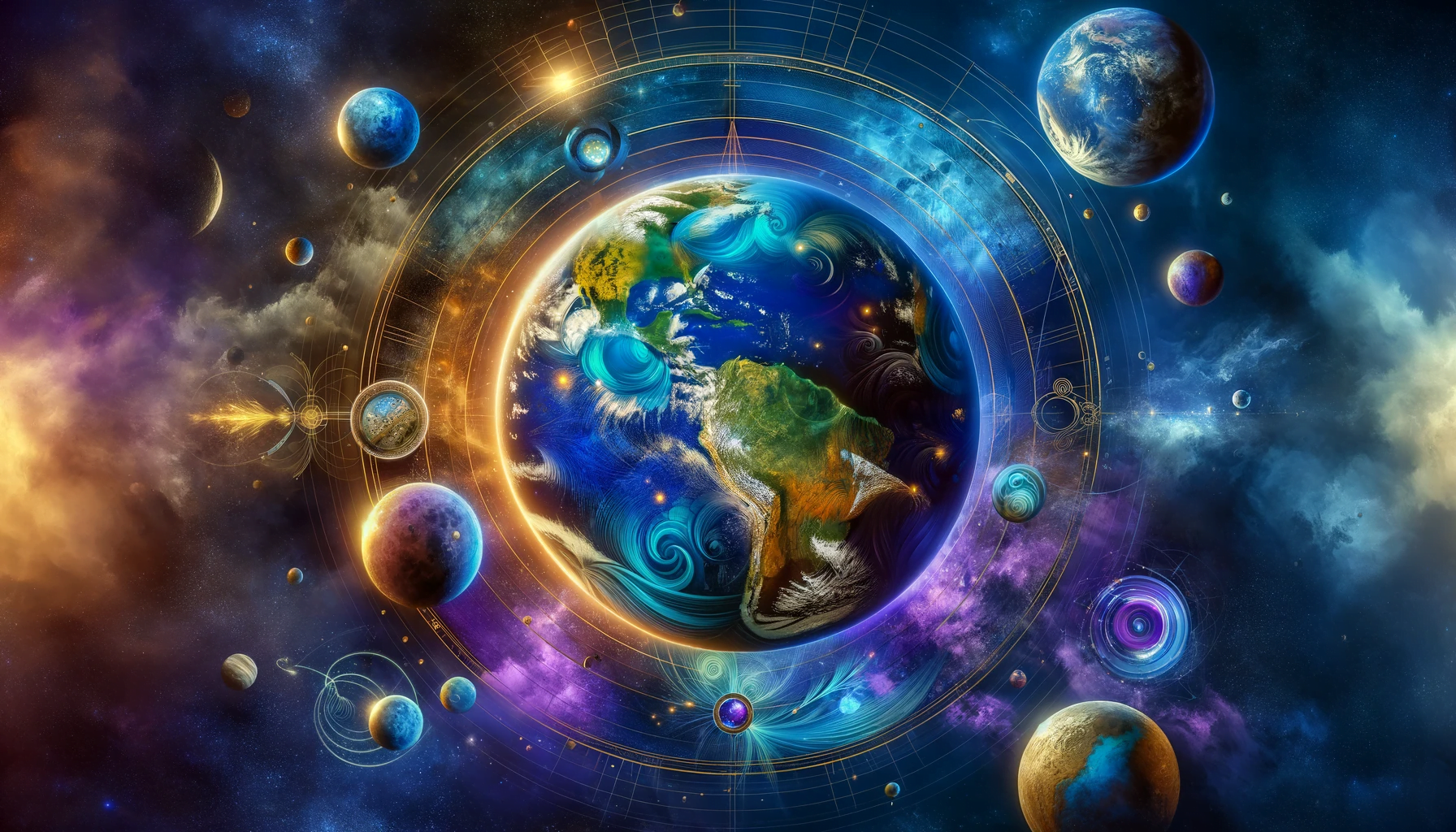Earth’s Mysteries : The Blue Planet with Hidden Mysteries
The Earth, often referred to as the blue planet, is home to a plethora of mysteries that extend far beyond our traditional knowledge. While we may feel familiar with our planet, it continues to surprise us with aspects yet to be fully understood.
Unveiling the Lesser-Known Facts
In this exploration, we delve into some of the lesser-known and intriguing facts about Earth. These revelations offer a new perspective on the planet we call home.
Earth’s Celestial Origins
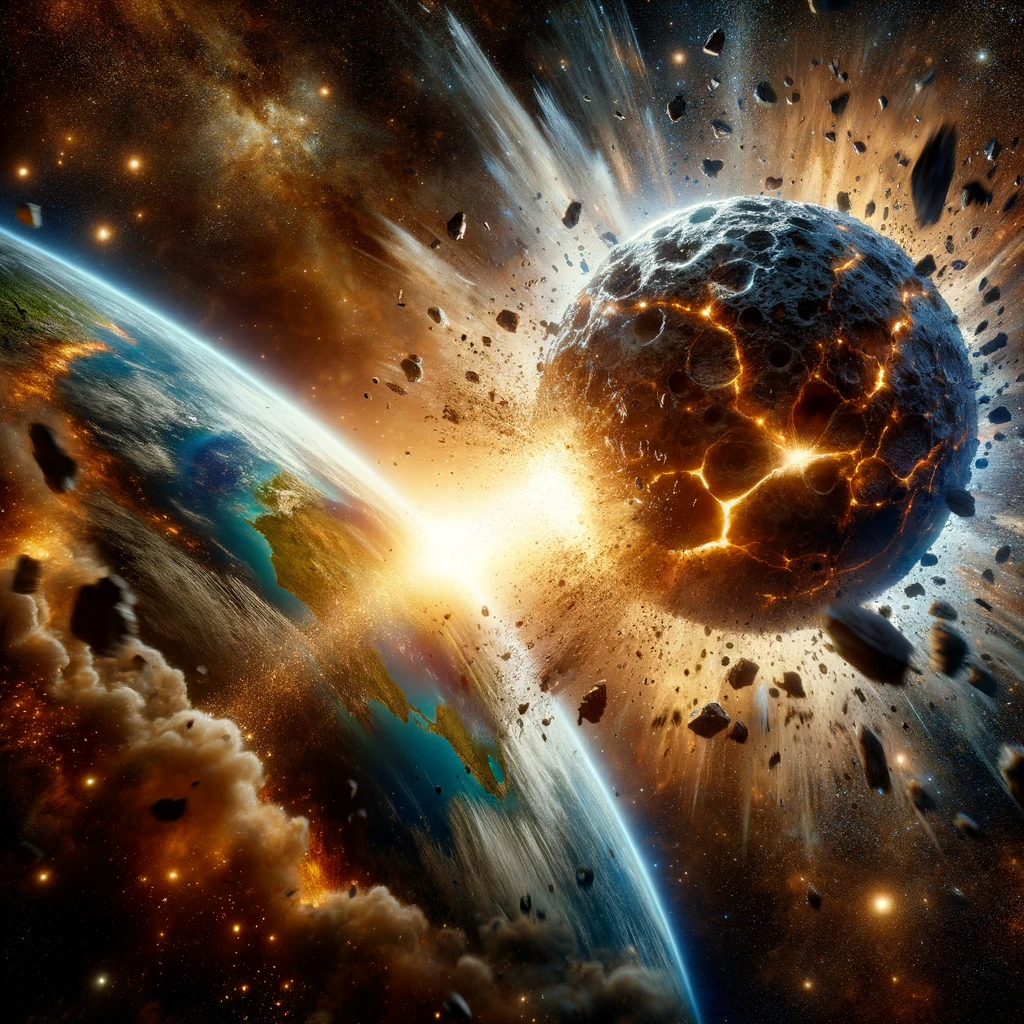
The Moon: A Fragment of Earth?
A fascinating hypothesis suggests that the Moon may originally have been a part of Earth. Approximately four billion years ago, a colossal collision with a Mars-sized body named Theia is thought to have ejected a significant chunk of Earth into space, eventually forming our Moon.
Theia’s Collision: Earth’s Cosmic History
This monumental event not only gave birth to our Moon but also shaped the early trajectory of Earth in the cosmos, defining much of our planet’s early history.
The Shifting Magnetic Field

Earth’s Core and Axial Rotation
Earth’s powerful magnetic field, essential for protecting the planet from solar winds, owes its existence to the nickel-iron core and the planet’s rapid axial rotation. However, this magnetic field is not as constant as we might think.
Historical Observations of Pole Migration
Since the 19th century, the northern magnetic pole has shifted about 685 miles northwestward across the Canadian Arctic. The southern magnetic pole is also continuously on the move, showcasing the dynamic nature of Earth’s magnetic field
Gravity’s Variations Across the Globe
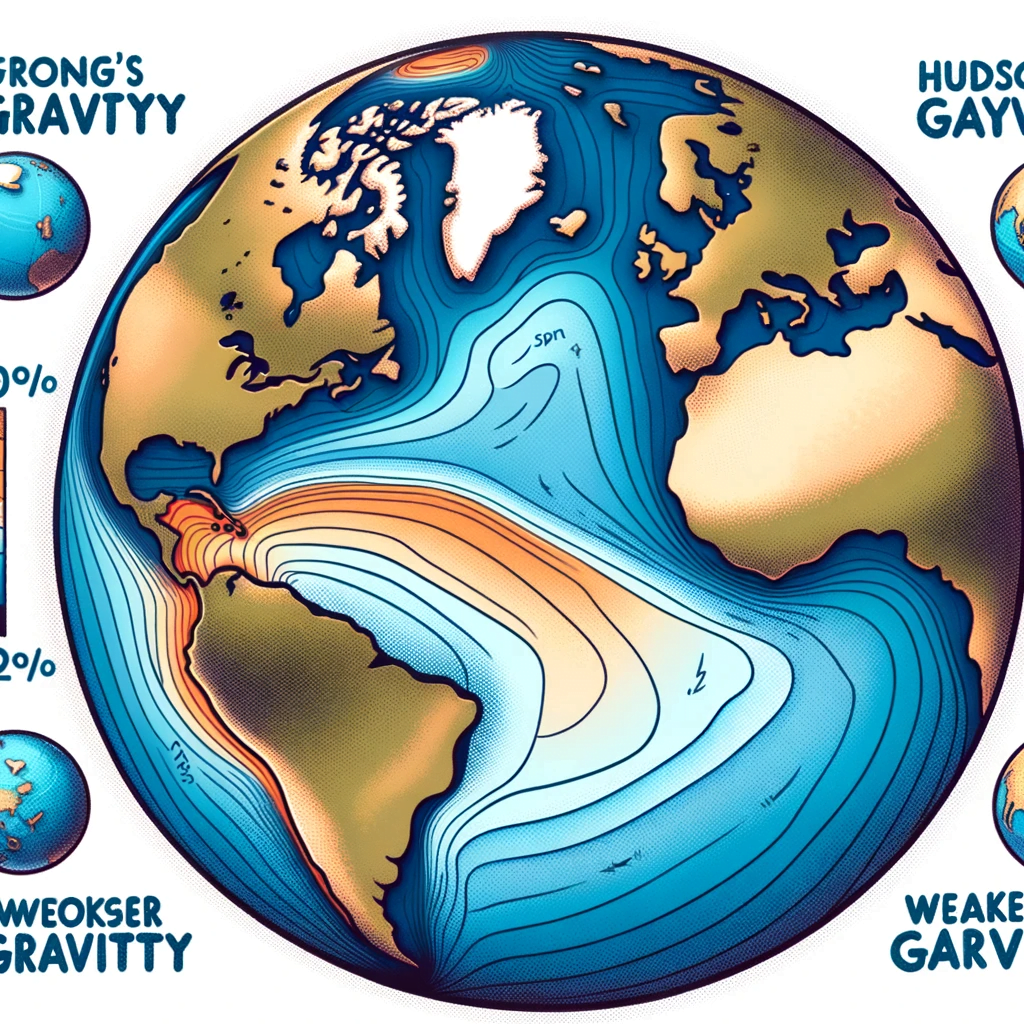
Earth’s Imperfect Shape
Contrary to common belief, Earth is not a perfect sphere; it’s more of a squashed spheroid. This irregular shape leads to variations in gravitational strength at different points on the planet.
Hudson Bay’s Gravity Anomaly
One of the most notable gravitational anomalies is found in Canada’s Hudson Bay. Here, gravity is significantly weaker, a phenomenon attributed to the melting of glaciers, which altered the Earth’s mass distribution in this region.
The Mystery of Earth’s Additional Moon
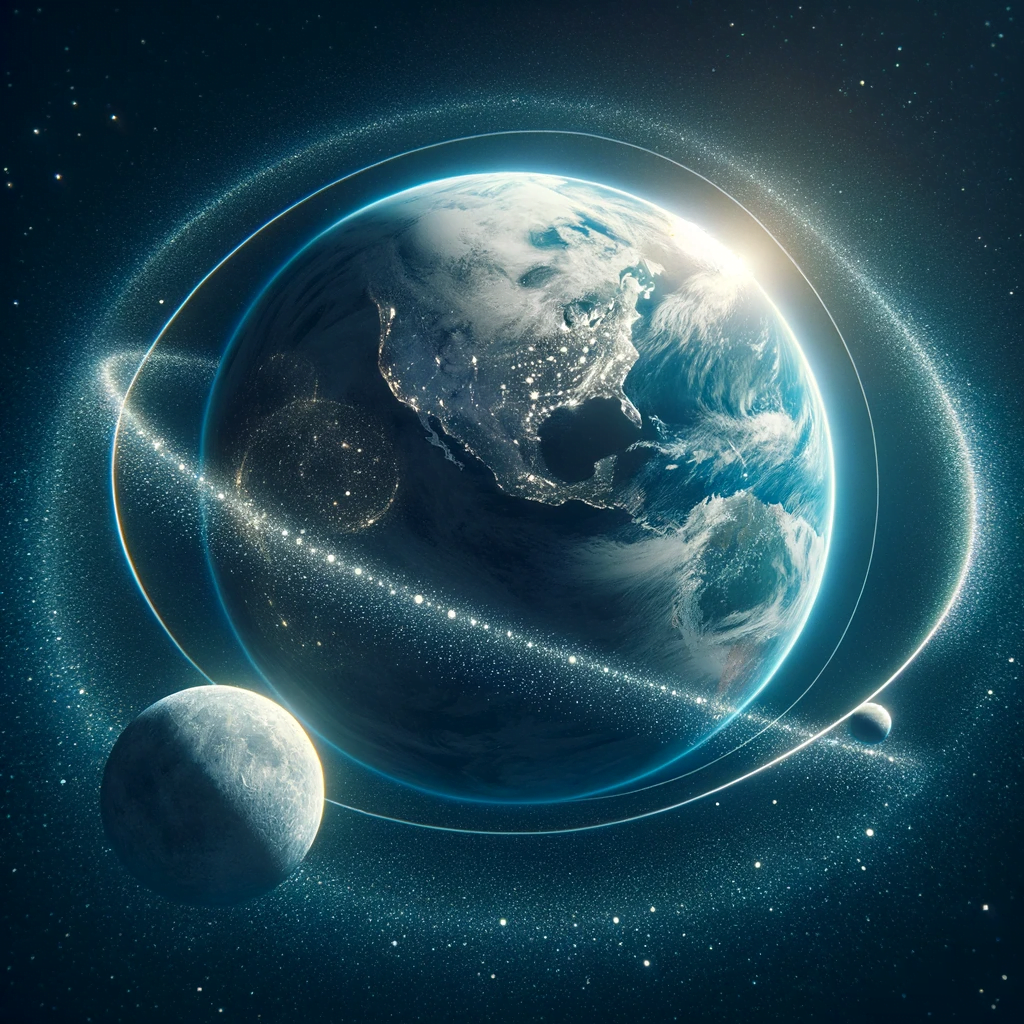
The Second Satellite Theory
Some scientists propose that Earth once had a second, smaller moon. This hypothetical satellite might have collided with our current moon, explaining the stark differences between the two sides of the Moon.
Celestial Bodies and Earth’s Gravitational Field
Our planet’s gravitational pull occasionally captures large asteroids, making them temporary satellites. These celestial bodies highlight Earth’s dynamic relationship with its surrounding space.
Moon-quakes: A Lunar Phenomenon

Understanding Moon-quakes
Moonquakes are real and occur due to the gravitational interactions between Earth and the Moon. Although less frequent than earthquakes, they reach deeper into the lunar surface.
Gravitational Interactions Between Earth and Moon
The gravitational force between these two celestial bodies is a significant factor in causing moonquakes, affecting the Moon’s internal structure and stability.
Earth’s Hidden Gold Reserves
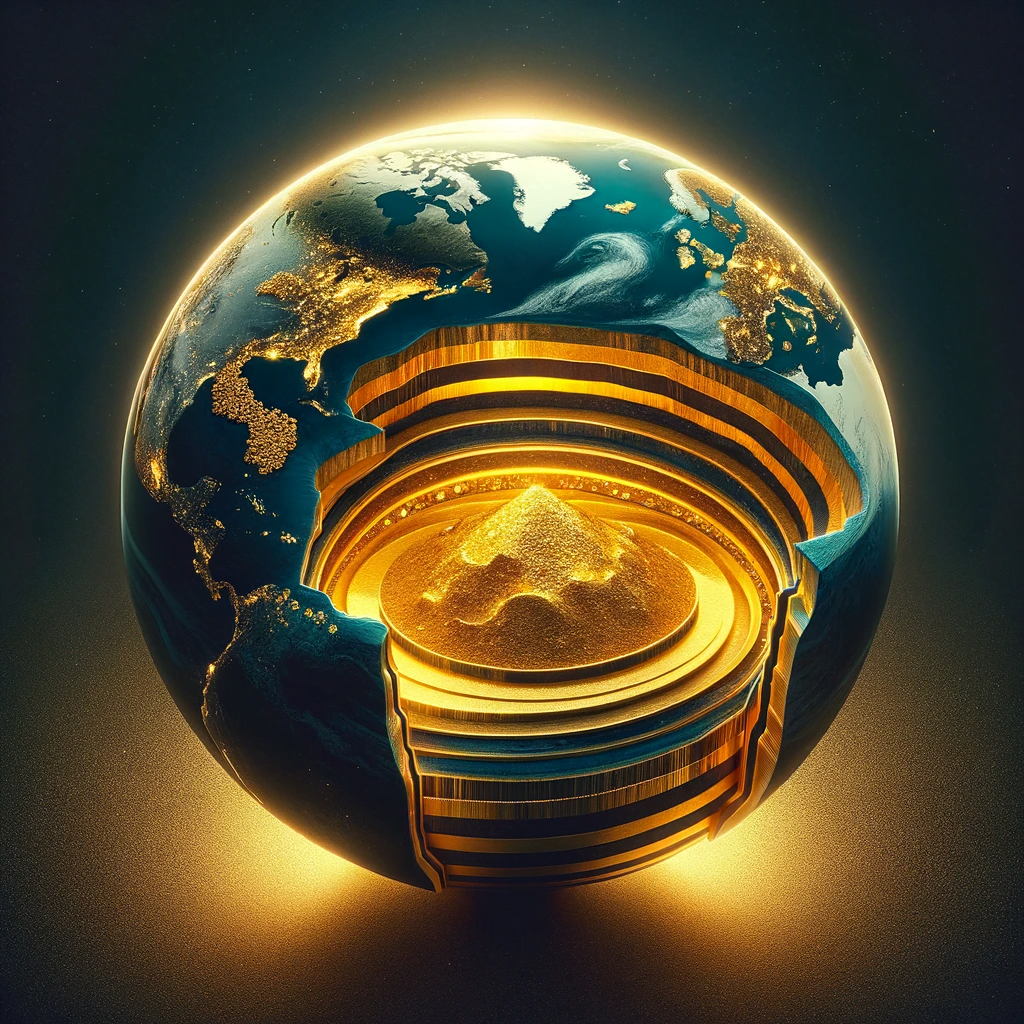
Abundant Gold Beneath the Surface
Surprisingly, our planet harbors around 20 million tons of gold, dispersed within its crust and oceans. This staggering amount, if extracted, could envelop the Earth in a two-foot layer of gold
Gold Dilution in Seawater
However, extracting this gold is a Herculean task due to its extreme dilution. In seawater, for example, one would need to process approximately one hundred million tons of water to extract a single gram of gold.
Earth’s Ancient Purple Hue
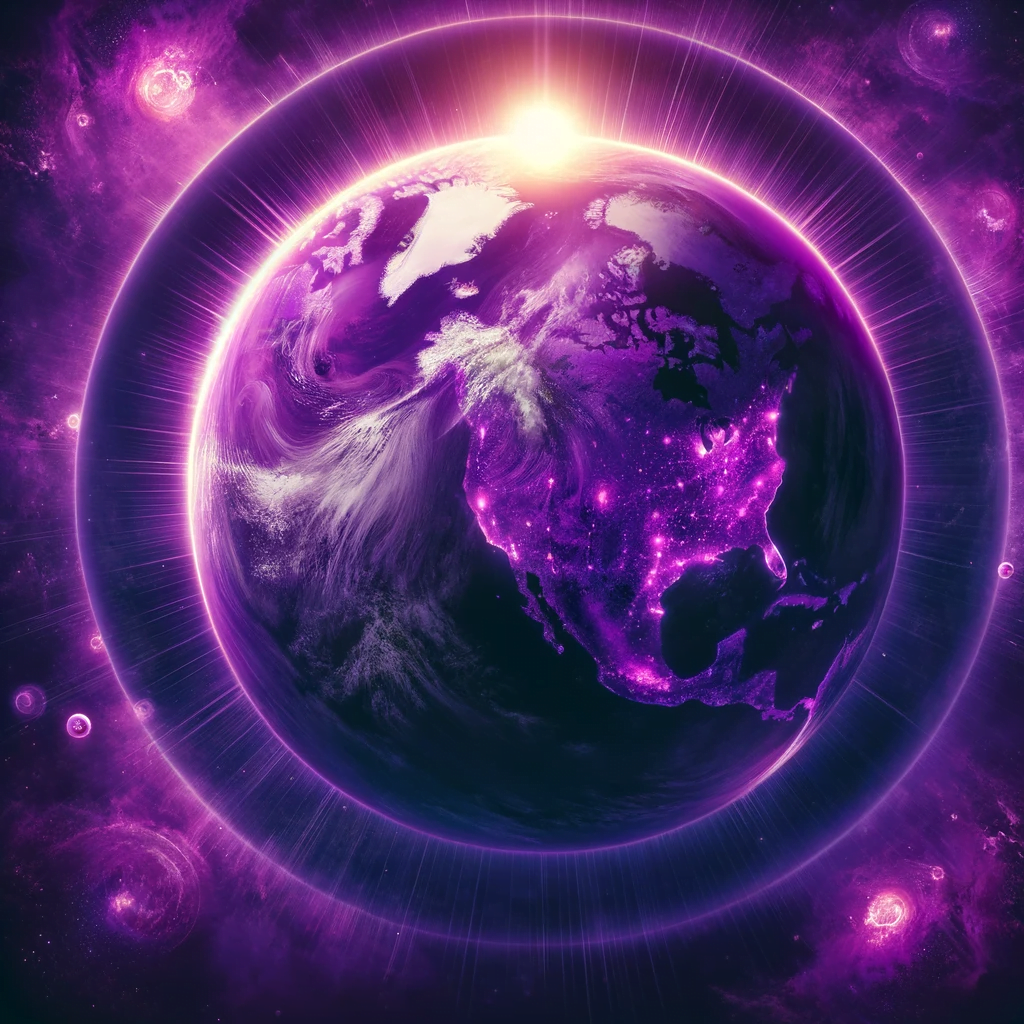
The Role of Ancient Microbes
A microbial geneticist hypothesizes that ancient Earth might have been purple. This theory suggests that early microbial life used different molecules, not chlorophyll, for photosynthesis, which would have given the planet a violet hue.
Photosynthesis and Planetary Color Change
This hypothesis not only challenges our understanding of Earth’s early appearance but also provides insights into the evolutionary pathways of photosynthesis.
The Tallest Mountain: A Hidden Giant
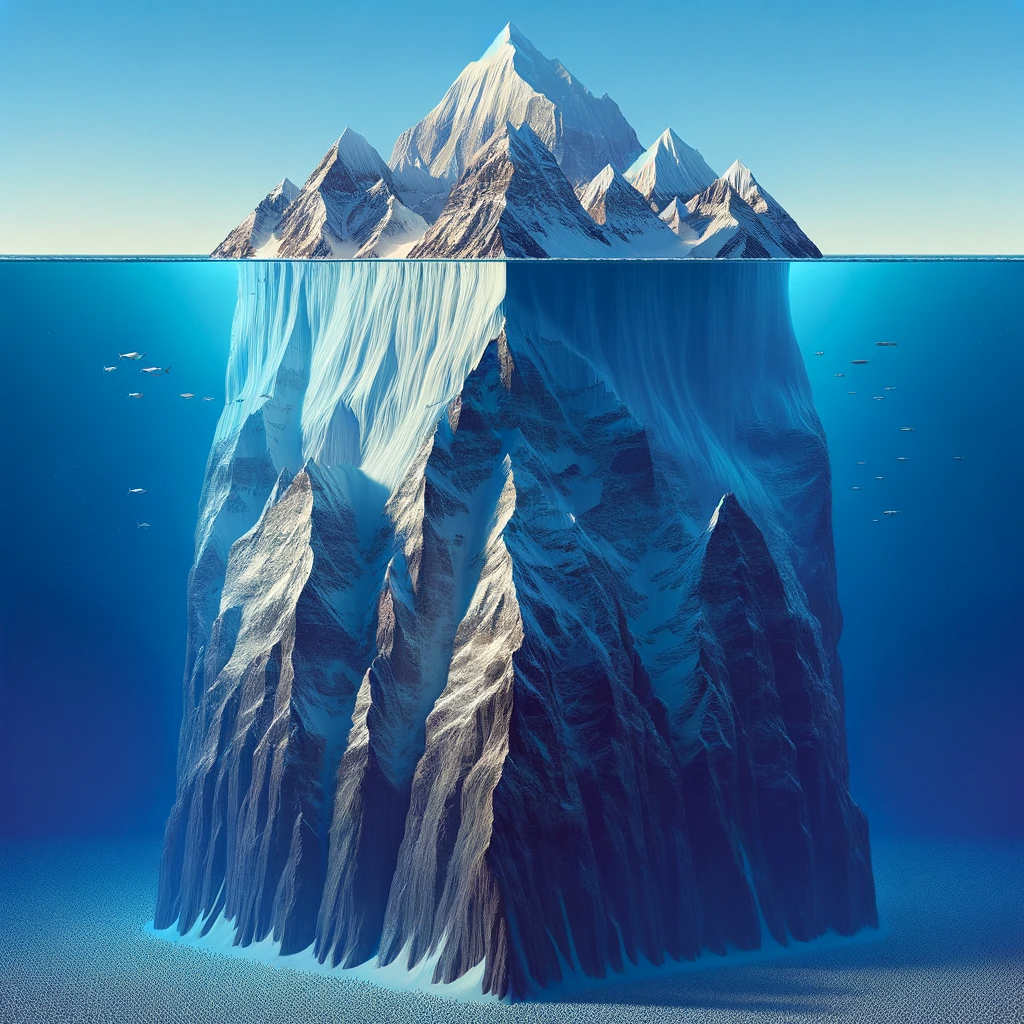
Mauna Kea vs. Mount Everest
While Mount Everest is renowned as the world’s tallest mountain above sea level, Mauna Kea in Hawaii challenges this title when measured from its base on the ocean floor, towering at 33,000 feet.
Underwater Heights: The Real Measure
Most of Mauna Kea is submerged, making its total height from base to peak greater than Everest’s. This redefines our understanding of ‘tallest mountains’, taking into account the parts that lie beneath the ocean’s surface.
Earth’s Exploding Lakes

Deadly Crater Lakes in Africa
In Africa, lakes like Neos, Mona, and Kivu, located over volcanic terrain, pose a deadly threat. These crater lakes can explosively release built-up carbon dioxide, leading to asphyxiation for anyone nearby.
The Science Behind Explosive Emissions
The underlying magma releases carbon dioxide into these lakes, creating a precarious balance that, when disrupted, can lead to catastrophic outgassing.
The Mightiest Volcanic Eruption
Mount Tambora’s Historic Eruption
In April 1815, Mount Tambora in Indonesia erupted, leading to the most powerful volcanic event recorded, with effects felt as far as 1,200 miles away.
The Impact on Global Climate
This eruption, ranked super colossal on the volcanic explosivity index, had profound consequences, including a significant number of fatalities and global climate disruptions, highlighting Earth’s volatile nature.
Conclusion
Our Ever-Surprising Home Planet
Earth, with its hidden mysteries and dynamic history, continues to surprise and fascinate us, unveiling new layers of understanding about our planet.
The Continual Discovery of Earth’s Secrets
As we uncover more about Earth, from its shifting landscapes to its cosmic origins, we are reminded of the planet’s ever-evolving nature and our ongoing journey to understand it.

